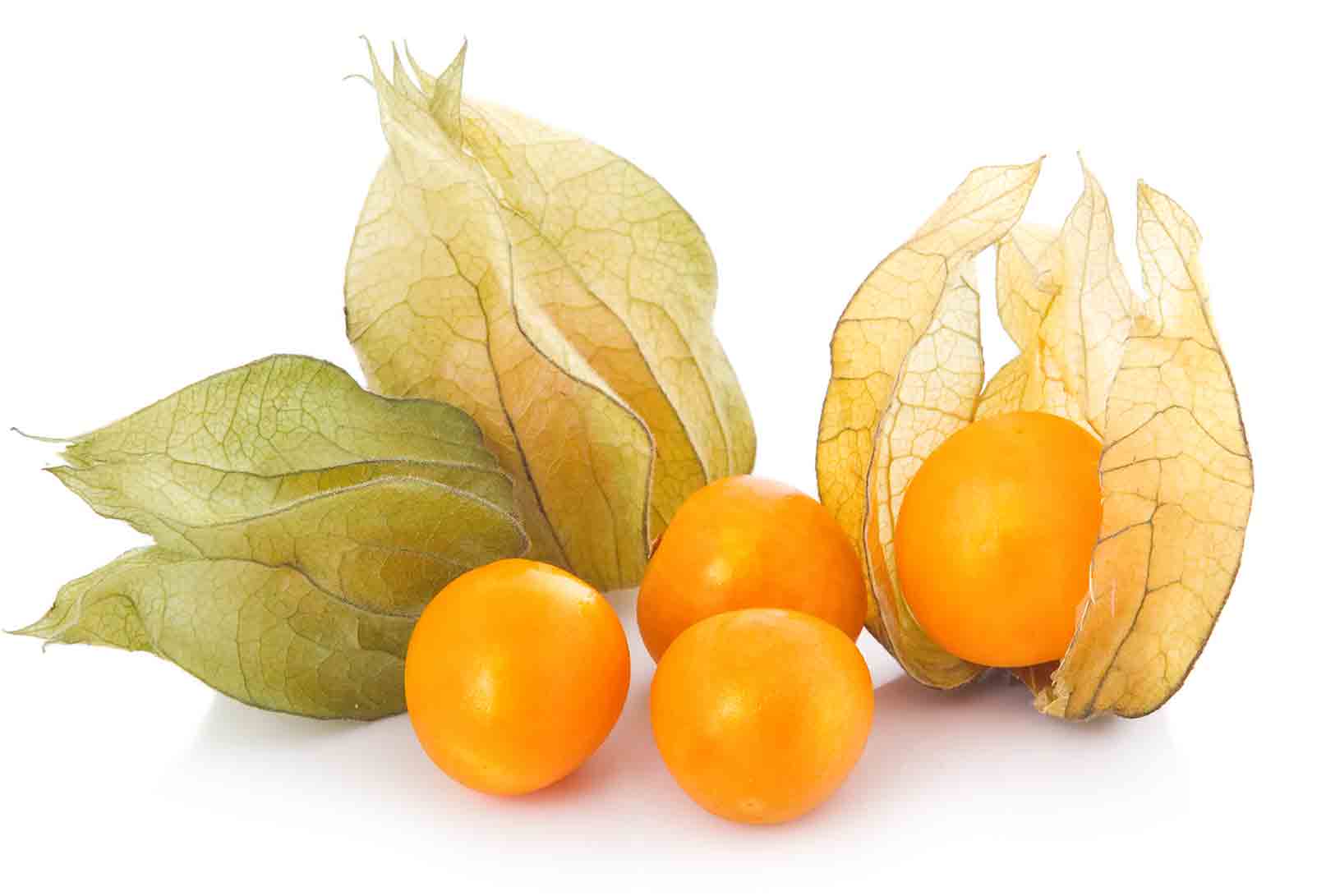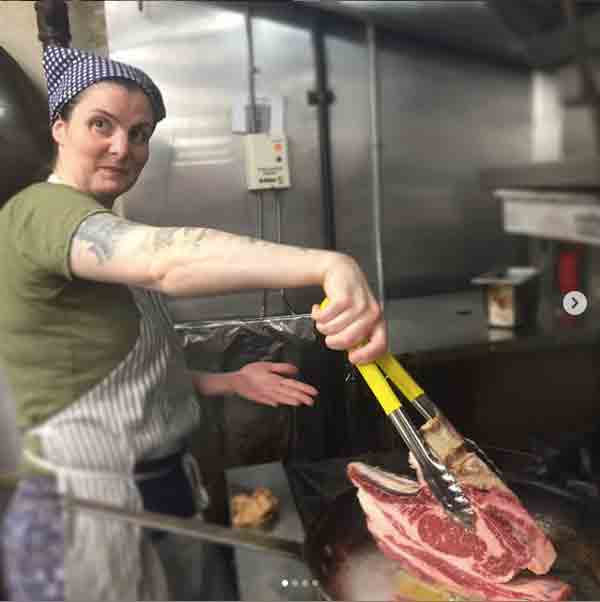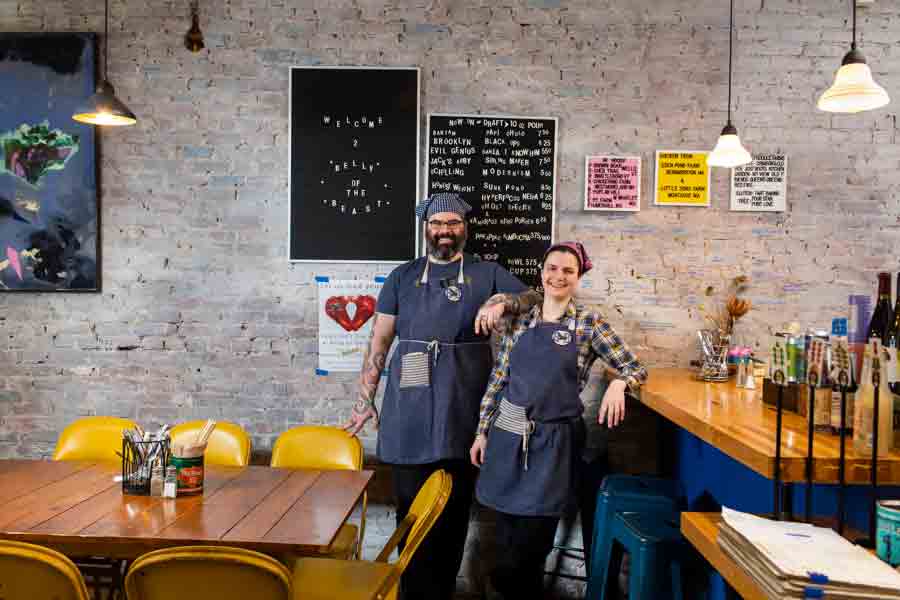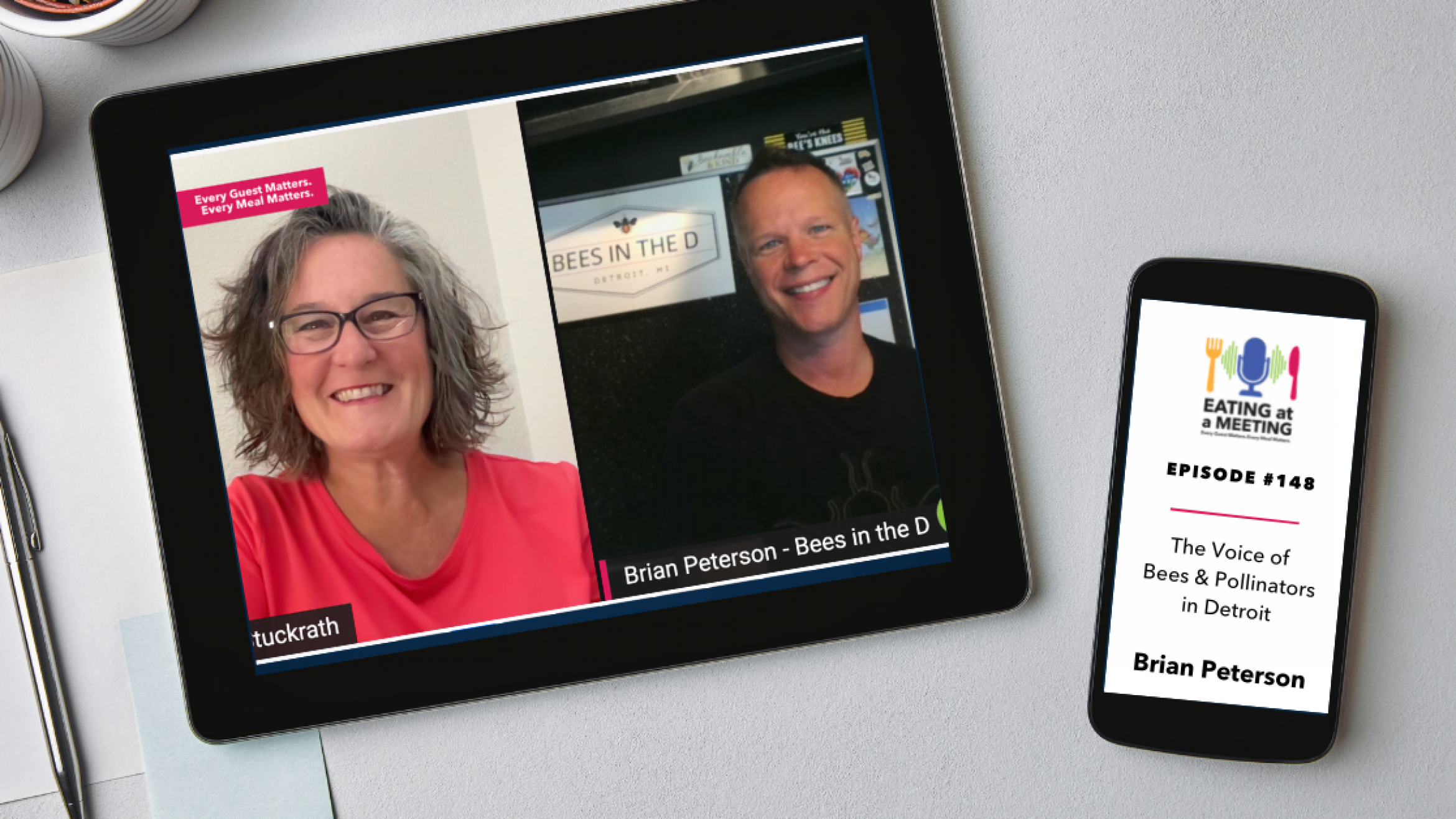Aimee Francaes and her husband designed a restaurant like no other — locally sourced ingredients prepared, butchered, and preserved in house, a comprehensive accommodation of those with food allergies, and a staff so well-trained that everyone can feel safe that their needs will be met. Oh, and the food is amazing.
When a friend heard I was going to celebrate women who are making history in food and beverage for Women’s History Month, Aimee Francaes immediately sprang to mind. Aimee and the love of her life, Jesse Hassinger opened Belly of the Beast almost three years ago with a menu my friend says is a “epic cross-utilization of local ingredients” from a hand-picked group of farmers within a 150-mile radius of the Northampton, Mass., restaurant. The menu also denotes dishes that can accommodate a wide variety of special dietary needs, including some you usually don’t see, such as allergies to nightshades, and the staff are fully trained to answer questions and tailor meals to meet all dietary needs safely. They also use whole animals in all of their proteins, doing the butchering and processing in-house to ensure nothing goes to waste.
“Aimee is the intersection of female chef (owner), food safety advocate, and someone who is dedicated to planetary sustainability through food service.” my friend said.
The novel coronavirus outbreak has forced the Beast to pivot temporarily from dine-in to takeout only, then to delivery so they can continue to support their staff and bring in at least a little cash-flow during this challenging time. Fortunately, their business model includes pickling, curing, canning and freezing local foods when they are in season, so they have plenty on hand to keep feeding their community.
Your mission for the restaurant is “comfort food mindfully made.” What inspired the two of you to make that your mission?
For eight years, we had been dreaming of opening a food establishment where we could serve the kind of food we would serve our loved ones at home. We decided we’re only going to serve local meat from animals that are grass-fed. We decided we were, as much as possible, only going to buy produce in season. We wanted to showcase the year-round bounty of the Pioneer Valley of Western Massachusetts.
And we wanted to keep the prices reasonable so everyone who wants to can come in and get a sandwich. Our prices are comparable to other area restaurants. You can even get a sandwich for $7 — it might not have meat in it, but it would be a whole meal that sustains you, made with locally sourced food — for the same price as a sandwich at Subway. Guests often say they get full on a lesser portion when they eat at our restaurant because of how nutrient-rich it is, too.
We do all the butchering, curing, smoking and preserving of the animals ourselves. We have relationships with the farmers these animals are coming from; we have visited these farms and we know how these animals live. And we know we can use and honor every part of that animal that comes into our restaurant, just like we use and honor every part of every vegetable, as a tribute to the farms and the land that nourishes them.
 What is your philosophy about food inclusion?
What is your philosophy about food inclusion?
It starts with the people interacting with your guests — your staff. All of our staff do every job, so the person at the register talking about your order has made the vegan kimchi at some point. They not only have an intimate knowledge of the menu and the ingredients, they are able to talk about it in a way that will settle the fears of those with food allergies. We can talk you through what we have on hand that you can eat, that don’t contain the 16 things you are not able to eat. If someone wants to have a dialogue with us, we are able to find them something wonderful, nutritious, delicious, and safe.
What have been your greatest obstacles and your greatest joys?
Our biggest obstacle was our core mission tenets, how we framed our business concept and structure. That’s also been the thing that I am most proud of.
Our greatest joy is our relationships with our farmers. We go to their farms to pick things up, and they come to the eatery with their deliveries. They’ve opened up their farms to us with a transparency that is so wonderful. I wish I could share that with our guests. In fact, a long-term dream of mine is to be able to hold a farm-day tour for our guests, to show them the wonderful places we get our food and how it is grown and raised.
What has been important to you as a woman in this industry?
There are so many women in this industry! I can’t tell you the number of women farmers we work with, and women on our staff. The women I work with are so caring about the earth and how we treat it.
There’s a big part of me that doesn’t want to think in terms of gender anymore, though. While gender is still very much a part of our culture and there is very much a masculine and feminine energy, I see a lot of gender fluidity in our community. Whether male, female or nongendered, all our staff in short order develop a good understanding of what we’re trying to do and are on board 110% to make it happen.
My hope is that when they leave, they will bring with them the discipline we have for the quality of our food. I hope people take the values we instill out into the world, wherever they go next, even if it’s to a non-food-related job.
How would you like to be remembered in history?
While we want everyone who works here to stay forever, that’s not what’s going to happen. My hope is that when they leave, they will bring with them the discipline we have for the quality of our food. I hope people take the values we instill out into the world, wherever they go next, even if it’s to a non-food-related job.
Who have been your role models?
Instead of going to a traditional college and getting a diploma after four years, I did a painting internship with artists Susan Roth and Darryl Hughto. During my four years with them I learned their eating cycle. On Saturday morning you go to the farmer’s market, you get everything you need for the week. You cook most of the day on Saturday and Sunday so that you have your staples for the week. Susan, who grew up eating only “real food,” told me a story about her first meal at a friend’s house when she was 13. They served her beans out of a can. She just smelled them, said, “I can’t eat this,” and went home hungry. Those four years of acting as her sous chef in her kitchen was a huge influence on me.
Working for Joanne Chang and Christopher Myers in Boston at Flour Bakery and Café was another huge influence. Their discipline, their commitment to settle for nothing less than perfect — and their ability to have so much positivity while holding to such strict standards is unparalleled.
I feel really lucky to have worked for people who care so much about what they do and about how they serve the community.
What advice would you give to young women aspiring to be in the food and beverage industry?
Unless you have a real driving force to go to culinary school, I say it’s better for you to get paid to learn. Find the most excellent job you can possibly find that will accept you at a raw level and train you while also giving you a paycheck. That’s the way that I went.
Make sure that your commute is not going to kill you, because the job is going to be a tremendous amount of work and you’re going to need as much rest as you can get.
And remember when you go through the hiring process, you’re interviewing them as much as they’re interviewing you. Get a sense during the interview of their company culture. Find that kitchen that is going to push you to your limits in the best way possible. And stay there for at least two years.
 What is your favorite food?
What is your favorite food?
Ground cherries are incredible. They come in beautiful Japanese-lantern-like shells, and when you take the gorgeous papery skin away, the berry can be anywhere from a bright green chartreuse to a very pale, almost-white yellow. It is the sweetest, most gorgeous, luxurious fruit! And it’s always a surprise as to how it’s going to taste —I love, love, love the surprise factor of them.
How to find Aimee
Website — Belly of the Beast
Instagram — BellyoftheBeastMA
Facebook — Belly of the Beast
LinkedIn — Aimee Francaes




